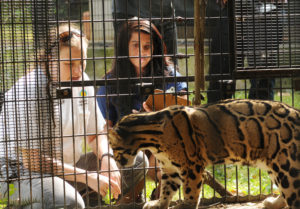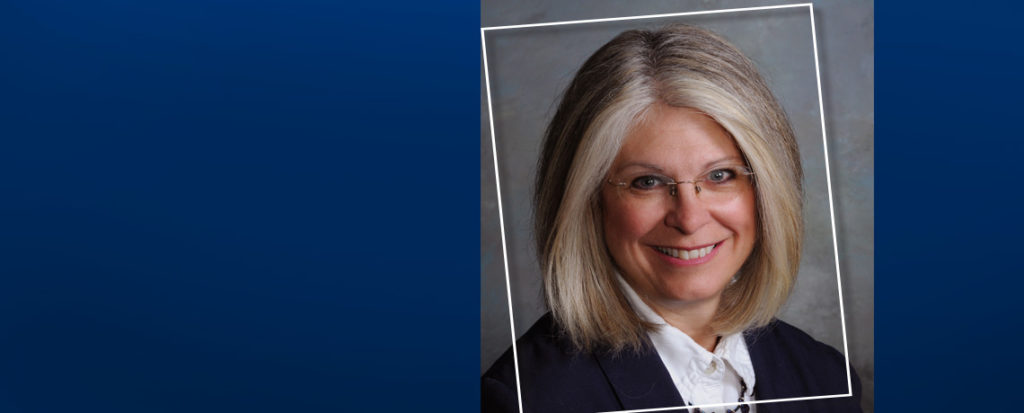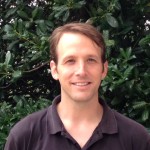
Thanks to a new partnership with the Smithsonian-Mason School of Conservation, Mary Washington students will soon have the opportunity to study clouded leopards and other endangered species with Smithsonian scientists. Photo by Evan Cantwell/George Mason University.
Imagine getting up close and personal with the world’s most endangered species – and then having the chance to save them.
Thanks to a partnership with the Smithsonian-Mason School of Conservation (SMSC), Mary Washington students will soon have that experience. They’ll spend a semester working directly with these animals and learning from Smithsonian scientists and George Mason University professors at the Smithsonian Conservation Biology Institute, nestled at the foot of the Blue Ridge Mountains. The agreement comes just as UMW’s biology department introduces a new major in conservation biology. Read more.
 UMW Associate Professor of Biology Deb O’Dell will be featured on “Do Cell Phones Cause Cancer?” on the With Good Reason public radio show. Her interview, which took place last August, is an encore presentation and will air August 3 to 9. The program is broadcast in Fredericksburg on Radio IQ 88.3 Digital on Sundays […]
UMW Associate Professor of Biology Deb O’Dell will be featured on “Do Cell Phones Cause Cancer?” on the With Good Reason public radio show. Her interview, which took place last August, is an encore presentation and will air August 3 to 9. The program is broadcast in Fredericksburg on Radio IQ 88.3 Digital on Sundays […]





